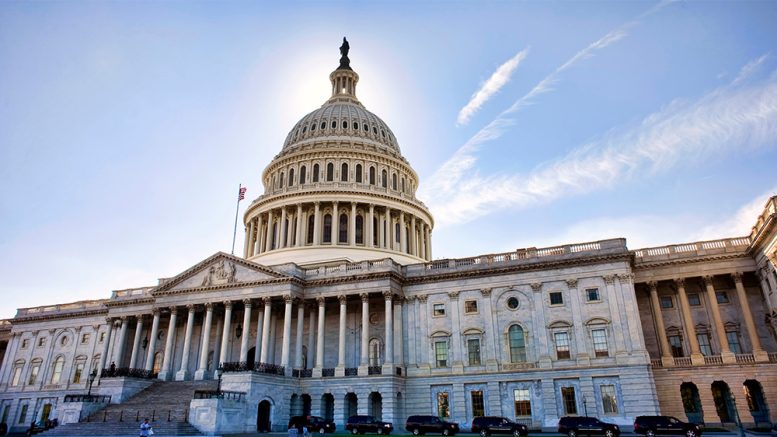
Young
U.S. Senator Todd Young (R-Ind.), a member of the Senate Committee on Commerce, Science, and Transportation, praised Senate passage of the bipartisan Federal Aviation Administration (FAA) Reauthorization Act of 2024.
The legislation, which passed the Senate 88-4 last Thursday, reauthorizes the FAA for five years. The bill includes several provisions to strengthen aviation safety and oversight at the FAA, address air traffic controller shortages, require airlines to seat families together, and support the next generation of aviation technology innovations.
“This bill contains many provisions important to the Hoosier aviation industry and the flying public,” Sen. Young said. “I am pleased that it passed the Senate in a strong bipartisan vote and urge the House to pass this critical bill.”
A number of Senator Young’s amendments and priorities were included in the bill:
- Prohibiting drones that pose a national security risk, a provision prohibiting the Department of Transportation (DOT) from entering into a contract with or awarding a grant for the operation, procurement, or contracting of drones manufactured or assembled by the People’s Republic of China, the Russian Federation, or any covered foreign entity designated by the Secretary of Commerce.
- Comprehensive plan for automated drone operations, a provision directing FAA to develop a plan for automated drone operations and submit a report to Congress. As the world enters the second century of aviation, maintain America’s leadership edge in aviation requires leading the way in the safe application of automated and autonomous technologies.
- Common sense flexibility for model aircraft enthusiasts, a provision providing flexibility for model aircraft hobbyists to safely operate in uncontrolled airspace and allows them to secure faster approval for the establishment of fixed flying sites for people flying model aircraft in fields, backyards, and dedicated flying sites.
- Protecting U.S. transportation infrastructure from Chinese espionage, a provision preventing government grants from being used to subsidize the purchase of airport infrastructure like jet bridges from hostile governments.
- Supporting aviation technology innovations, a provision directing the FAA to study new aviation fuels or fuel systems and will ensure that the U.S. maintains its competitive lead in the aviation sector and provide advancements in a wide range of technologies, from civil to defense.
- Remote identification of drones, a provision directing the FAA to review and report to Congress on whether drone manufacturers and operators can meet the intent of FAA’s Remote ID rule through network-based remote identification within one year of enactment.
- Increasing global competitiveness for drones in the United States, a provision that safely streamlines the approvals process for beyond visual line of sight (BVLOS) drone flights and bring the regulation of drones in the United States up to speed with current technologies.
- Cutting red tape for drones, a provision modernizing and bringing standardization and clarity to the environmental review process for drones.
- Streamlining environmental review for airports, a provision making aviation-related reforms to National Environmental Policy Act, adds a categorical exclusion for small airport projects similar to what exists for highways, and requires DOT to review and update categorical exclusions for certain projects.

